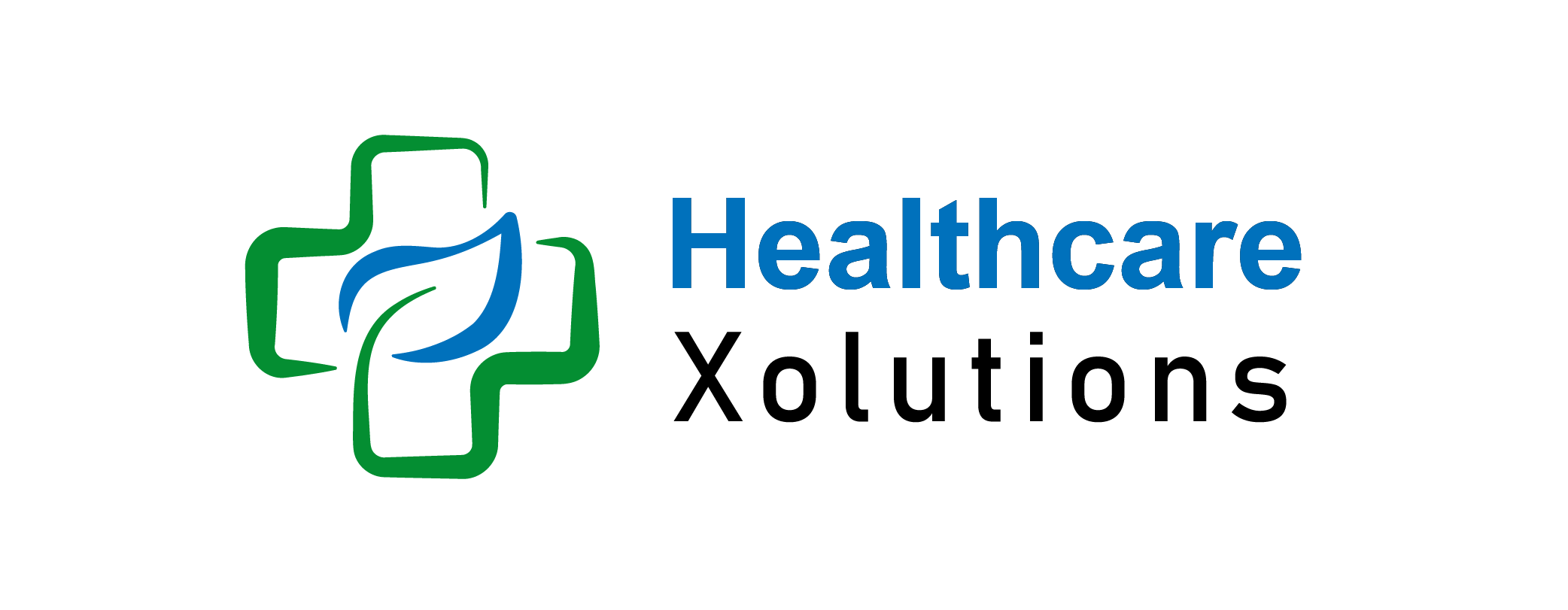High Deductible Health Plans: How They Affect ACA Premiums

High Deductible Health Plans (HDHPs) are an integral part of the healthcare landscape, especially in the context of the Affordable Care Act (ACA). These plans feature lower monthly premiums but higher deductibles, fundamentally shifting the cost-benefit balance of health insurance.
This article helps us to understand how HDHPs affect ACA premiums and requires a deep dive into their mechanics, their impact on consumer behavior, and ultimately, how they influence.
Table of Contents:
Key Takeaways:
- Explain what HDHPs are, emphasizing their higher deductibles, lower premiums, and the requirement for significant out-of-pocket expenses before the insurance starts paying for healthcare services.
- Discuss how HDHPs generally lower premiums under the ACA (Affordable Care Act) due to the higher out-of-pocket costs.
- Consider how HDHPs affect healthcare utilization and overall healthcare costs, including potential impacts on public health and policy recommendations for balancing cost, access, and quality of care under the ACA.
- Highlight how HDHPs are often paired with Health Savings Accounts.
- Analyze how HDHPs influence consumer behavior towards healthcare.
- Provide insights into the growing popularity of HDHPs in the ACA marketplace.
- Discuss the trade-offs between lower monthly premiums and the risk of high out-of-pocket costs, helping readers understand how to evaluate if an HDHP is the right choice for their financial and health situations.
How to Understand High-Deductible Health Plans?
HDHPs are defined by having higher deductibles than typical health plans. This means that you pay more out-of-pocket for healthcare services before your insurance starts to pay its share. The appeal of an HDHP comes from its significantly lower monthly premiums compared to plans with lower deductibles.
The Mechanics Of High Deductible Health Plan In The ACA Framework:
Under the ACA, all plans, including HDHPs, must cover preventive services without charging a copayment or coinsurance, even if you haven’t met your yearly deductible. This coverage includes screenings, vaccinations, and some check-ups, which are considered essential benefits. However, for other types of healthcare services, individuals must pay out of pocket until their deductible is met.
HDHPs are often paired with Health Savings Accounts (HSAs), which allow individuals to save money, tax-free, to pay for future medical expenses. This setup not only encourages savings but also promotes a more discerning consumption of healthcare services, as consumers become more conscious of healthcare costs due to the direct financial impact.
Impact On ACA Premiums:
1. Lower Premiums, Higher Risk:
HDHPs offer lower premiums because they transfer more risk to the consumer. For insurers, this means a reduction in small, frequent claims, as individuals are more likely to avoid unnecessary medical visits or elective procedures due to the high out-of-pocket costs. This risk transfer allows insurance companies to offer these plans at a lower monthly cost, influencing the overall pricing strategy within the ACA exchanges.
2. Consumer Behavior And Utilization:
Individuals with HDHPs may defer necessary care, such as managing chronic conditions or timely screenings, due to the high upfront costs. This behavior can lead to severe health issues in the long run, potentially resulting in higher healthcare costs. For the insurance market, this means that while short-term costs are lower, there could be a spike in long-term expenses due to aggravated health conditions, which could influence premium calculations in the broader market.
3. Adverse Selection:
HDHPs can attract healthier individuals who do not anticipate significant medical expenses, leaving traditional plans with a higher proportion of individuals expecting high medical costs. This phenomenon, known as adverse selection, can drive up premiums for those traditional plans as the risk pool becomes less balanced.
4. Regulatory Influence:
The ACA imposes limits on out-of-pocket costs for all ACA-compliant plans, including HDHPs. For 2024, out-of-pocket limits cannot exceed $7,050 for an individual or $14,100 for a family. These limits help moderate the financial risk for consumers, but they also influence how insurers price these plans. Insurers need to balance the lower risk of claim payouts against the potentially high cost of few, yet expensive, claims.
Premium Calculations For HDHPs:
Premiums for HDHPs under the ACA are calculated based on several factors:
- Age and Location: Older individuals and those in high-cost areas typically face higher premiums.
- Tobacco Use: Smokers may incur higher premiums, which can be up to 50% more than those for non-smokers under the ACA’s smoking penalty.
- Plan Category: HDHPs are often available in Bronze and Silver categories, which are the lower-cost options in the ACA marketplace.
Tax Advantages Of HDHPs:
One of the primary benefits of an HDHP is the eligibility to open and contribute to a Health Savings Account (HSA). Contributions to an HSA are tax-deductible, the growth is tax-free, and money withdrawn for qualified medical expenses is not taxed. This triple tax advantage can significantly offset the high out-of-pocket costs of an HDHP.
Comparing ACA Premiums: HDHPs vs. Other Plans:
HDHPs tend to have the lowest premiums available on the ACA marketplace. However, the lower premiums are balanced by higher deductibles, which can be a financial hurdle if unexpected medical expenses arise. It’s important to compare these aspects alongside the potential benefits of an HSA before choosing an HDHP.
Considerations Before Choosing An HDHP:
- Financial Situation: Assess whether you can handle the high deductible in case of extensive medical treatment.
- Health Status: If you have chronic conditions or require frequent medical attention, an HDHP might not be the most cost-effective option despite lower premiums.
- Risk Tolerance: Consider your comfort with the potential high out-of-pocket costs associated with HDHPs.
Conclusion – High Deductible Health Plan:
High Deductible health plans can be a suitable choice for individuals who are generally healthy and have emergency savings to cover the deductible. The lower premiums and tax benefits of an HSA make HDHPs an attractive option under the ACA, particularly for those looking to save money on health insurance while betting on their continued good health. However, it’s crucial to weigh the risks and benefits tailored to your specific health needs and financial situation. When exploring options, use tools like the ACA marketplace to compare plans comprehensively to find one that best suits your circumstances.
